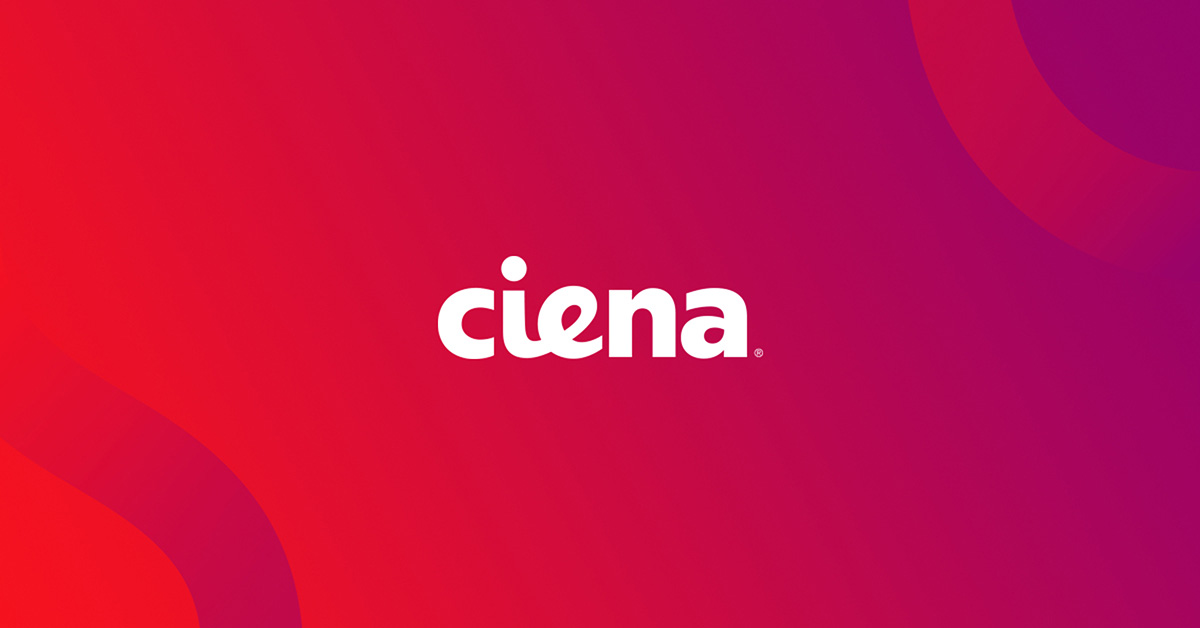Upskilling staff through disruptive times
 Steve Alexander is Ciena’s Senior Vice President and Chief Technology Officer. Mr. Alexander is an IEEE Fellow and a recipient of the IEEE Communications Society Industrial Innovation Award. This article was first published on Steve's blog in Network World.
Steve Alexander is Ciena’s Senior Vice President and Chief Technology Officer. Mr. Alexander is an IEEE Fellow and a recipient of the IEEE Communications Society Industrial Innovation Award. This article was first published on Steve's blog in Network World.
These days, more than ever before, the terms “game changer” and “disruptive” are thrown around with abandon. Everyone is fighting to be known as the Uber of X.
But whenever a game changes, the need to learn new rules arises. And when something is disruptive, the routines we’ve picked up over the years are thrown off kilter. The need to teach a new way of doing things becomes vital. It’s one thing to go through the implementation of a new system, infrastructure or standard. It’s another thing entirely to get everyone used to a whole new system. It is a case of “adapt or die.”
Web-scale players are known for their ability to be game changers and disruptors. Google revolutionized web search and email and is now a mobile phone operating system. Facebook changed the way we interact. And Amazon sells everything from A to Z, enables cloud across the world and is an emerging rival to Netflix, which itself revolutionized the world through streaming video.
The networking world is no different. We’ve no sooner adopted cloud than we’ve begun shifting to software-defined networking (SDN). We’ve barely begun discussing the security implications of the Internet of Things (IoT) before shifting our talks to how augmented and virtual realities may strain our bandwidth to the edge of the Shannon limit.
In an era where reinvention and some form of technology refresh seemingly happens every year, companies that offer pathways to help their employees build skillsets to to meet the needs of tomorrow will find themselves ahead.
The only constant is change, and one of the major untold challenges for enterprises across the globe is the underlying need to ramp up the capabilities of staff so they can operate in a whole new way. It is critical to not only embrace new people, ideas and methodologies, but also to tap into the wisdom and culture of the more experienced workforce to create an effectively trained organization. In an era where reinvention and some form of technology refresh seemingly happens every year, companies that offer pathways to help their employees build skillsets to to meet the needs of tomorrow will find themselves ahead.
Perhaps the most prominent example of this in recent times is AT&T. Its competitors were once other phone companies. Now? It also competes in the cloud and internet space against other carriers as well as the web-scale giants. For this reason, two years ago the company began what The New York Times described as “an ambitious corporate education program” in which they pay for some of the classes needed for its 280,000-strong employee base to modernize their skills. CEO Randall Stephenson even remarked that people who do not spend five to 10 hours a week in online learning “will obsolete themselves with the technology.”
While this is described as an ambitious effort, the need to dedicate time, money and other resources to educate staff and improve competitive position is becoming the new normal.
Who is responsible for training?
In this new world, the responsibility for training doesn’t just fall to the enterprise implementing a new system. It must also fall to the suppliers and partners whose solutions are being installed—whether it’s a new accounting program or a whole new software-defined network. Each side of the equation must “buy in” and focus on the people who will use the system the most: the staff. Because the implementation is only ever as good as the success of the people using it.
All of us who create and supply technology need to do more in this regard. It could mean hosting “boot camps” or “hackathons” to train a group on a particular software or program. It could be preparing virtual and/or online courses. Or it could mean providing technical teams to “embed” with a customer until the new systems are running without a hitch and the staff has adopted the new technology as second nature.
It can be easier to train current staff with a new system and refresh their knowledge from that base than to hand the reins over to a whole new workforce and get them to learn the culture of a company.
Responsibility rests with everyone involved. There needs to be an acknowledgement that as the sands continue to shift and technology cycles continue to shorten, the game has changed again. It can be easier to train current staff with a new system and refresh their knowledge from that base than to hand the reins over to a whole new workforce and get them to learn the culture of a company.
After all, the people who truly understand and care for a company’s future are those who have seen it become what it is now and are the most likely to invest the time to advance its success. The most successful organizations will find a way to integrate new ideas with established ways of working for maximum benefit.
There is no denying the fact that we have entered a new playing field in our industry—one that requires a shift in mindset and a fresh approach not only to the way we architect the network, but also to the way we train and develop our staff and think about the future. Those who embrace change and take action stand to benefit the most.






